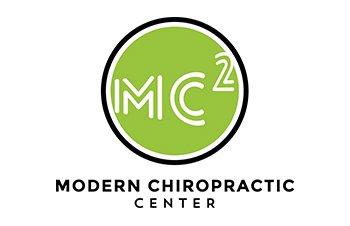Avoiding Low Back Injuries by Strengthening Your Core
Your Core Muscles are essential for a strong back because they are responsible for spinal stability. These muscles must bear the weight of your body and adapt to the situation when the load increases. Whether the added load is normal and healthy — sports, exercise, and everyday tasks like bending and lifting — or the result of weight gain, you rely on your core muscles for every movement you make.

Most people associate the core of the body with the abdominal or six-pack region right below the ribs. While the abdominal muscles are an integral element of the core, we also consider other areas to be vital. Your core consists of:
- Front abdominal muscles – rectus abdominis
- Internal and external obliques are muscles on either side of your body.
- The transverse abdominal is a deep muscle that wraps around the front.
- The erector spinae and multifidi are back muscles that run along your spine between your spine bones.
- Your core also contains your diaphragm, pelvic floor muscles, hip flexors, and gluteal muscles.
Strong Core Muscles
Strong Core Muscles help you keep your balance, prevent awkward movement, and avoid strains and sprains. They also enable your body to transfer force and tension through your muscles instead of your spine, lowering your risk of lower back pain significantly.
The Muscles In Your Back maintain your vertebrae aligned and your spinal joints stable. Abdominal Muscles keep the spine curvature correct and the pelvic tilt neutral, which is vital for avoiding lower back pain. When you tighten your abdominal muscles, the pressure in your abdomen rises. This movement relieves weight and pressure on your spine.
When it comes to avoiding lower back pain, the other muscles in your core play a vital role as well. For example, weak hip muscles impair balance, whereas Gluteus Muscles support hip joints. When you walk, both muscle groups support your lower back. The core muscles work together to avoid lower back injuries and disc disorders, which can cause significant discomfort and immobility.
Core Strengthening Exercises
Including Core Strengthening Exercises in your workout routine may help protect your lower back and neck. You’ll be less probable to rely on other lower back pain cures, such as medications if you strengthen your core. It’s crucial to include exercises that target all of your abdominal muscles properly. Core exercises should target the major abdominal muscles, such as the Internal and External Obliques and the Transverse Abdominals.
Choosing the Right Core Workouts
There Are Numerous Core Workouts, but not all of them are suitable for everyone. The exercises included in your strengthening routine are determined by your overall health as well as any injuries or limitations. Given the variety of exercises and your lower back’s vulnerability to stress and overuse issues, you should visit a Chiropractor before beginning a core strengthening routine. A Chiropractor can create an exercise routine for you that include core strengthening and flexibility exercises that will keep your spine healthy and help you maintain excellent posture.
You should see a Chiropractor if:
- Your lower back pain has persisted for more than a month despite abstaining from activities that aggravate it.
- Your lower back pain is increasing.
- Your lower back pain interferes with your sleep.
- Your pain originates in your lower back but goes down one or both of your legs.
If you struggle with one or more of the issues above make an appointment at one of our locations in Nampa or Boise today!





